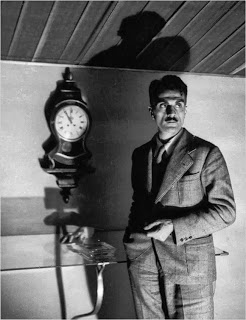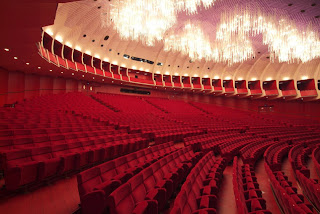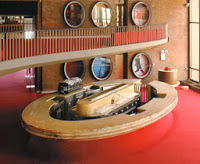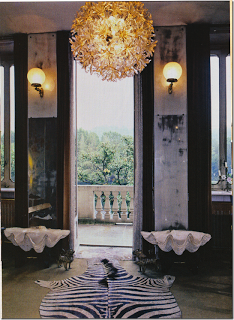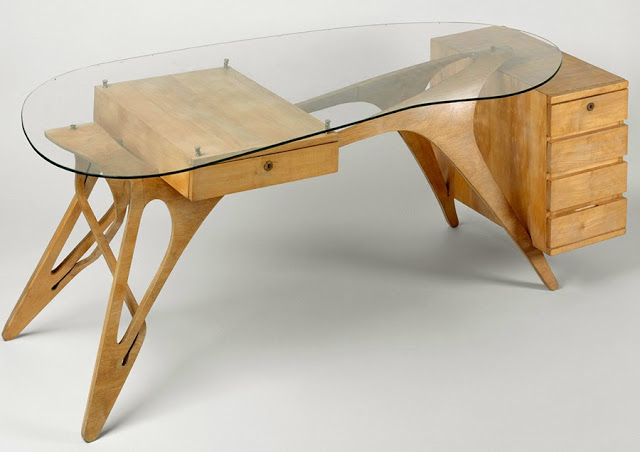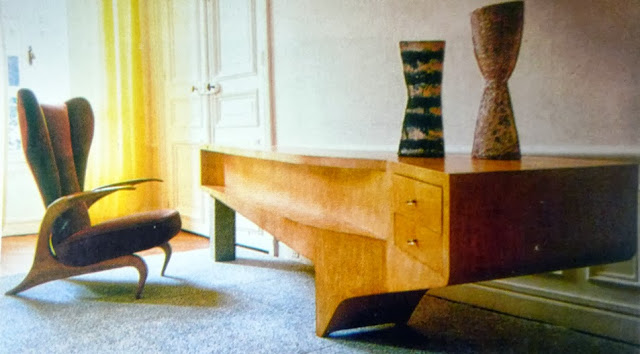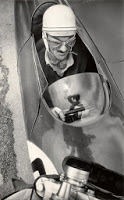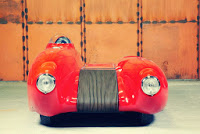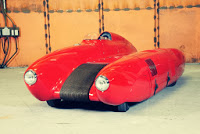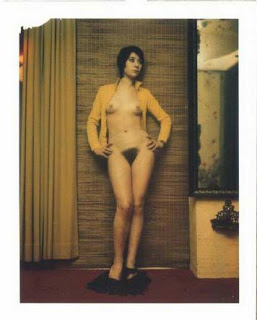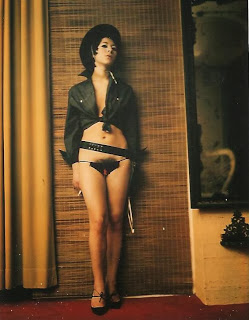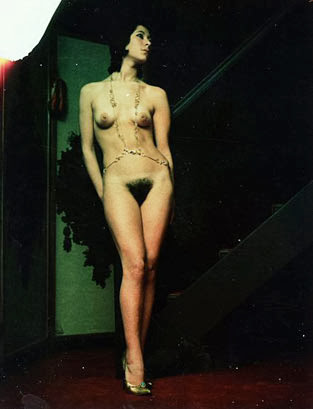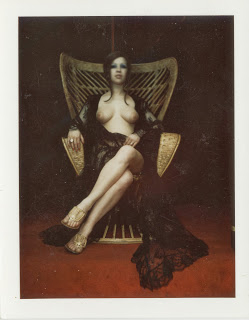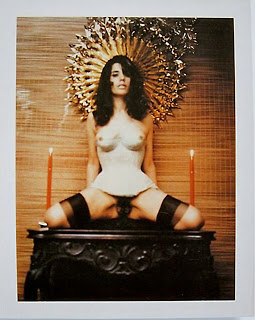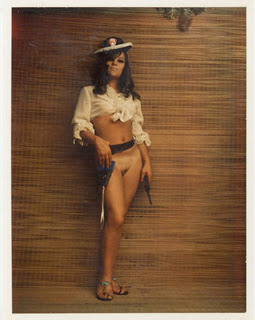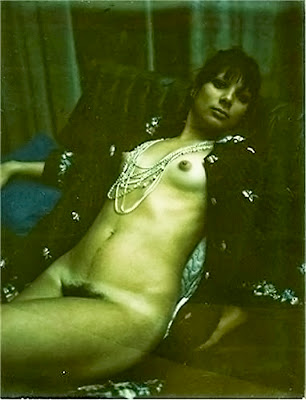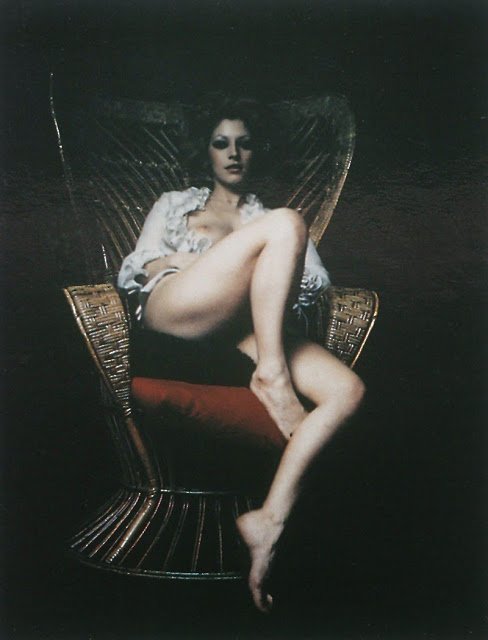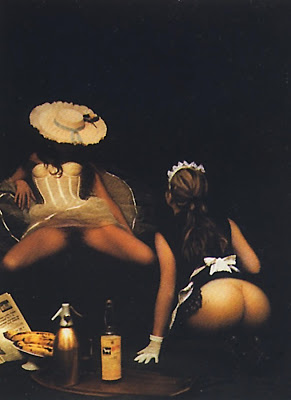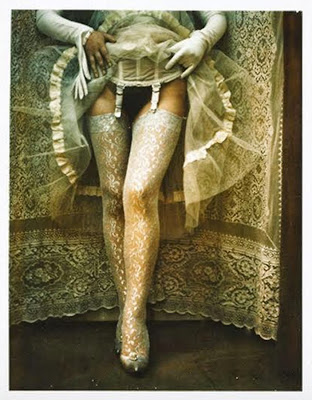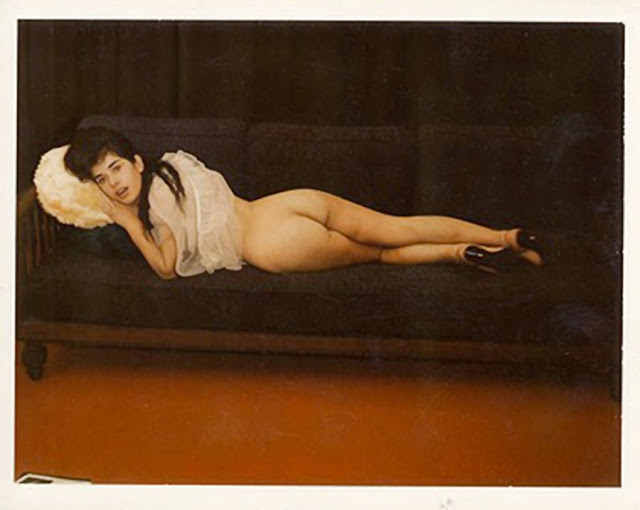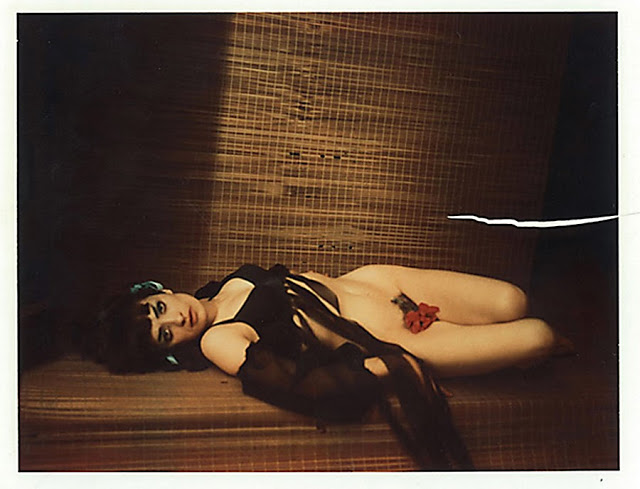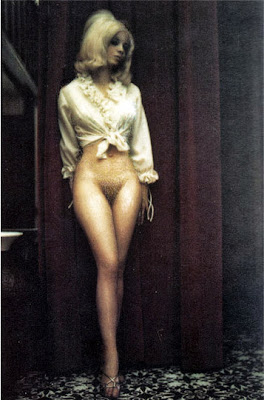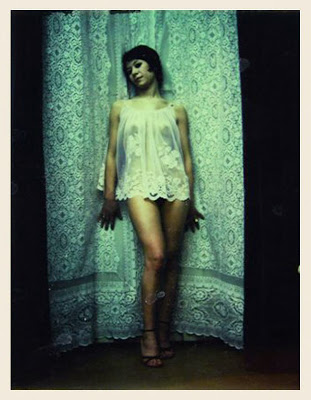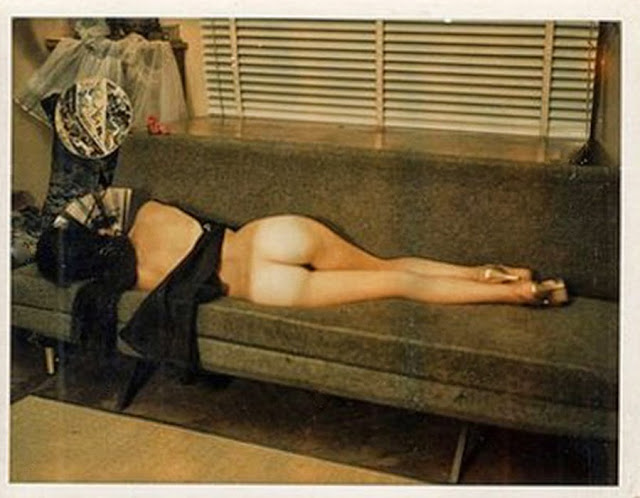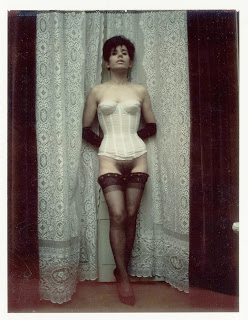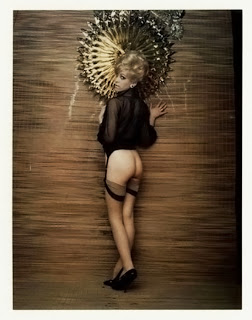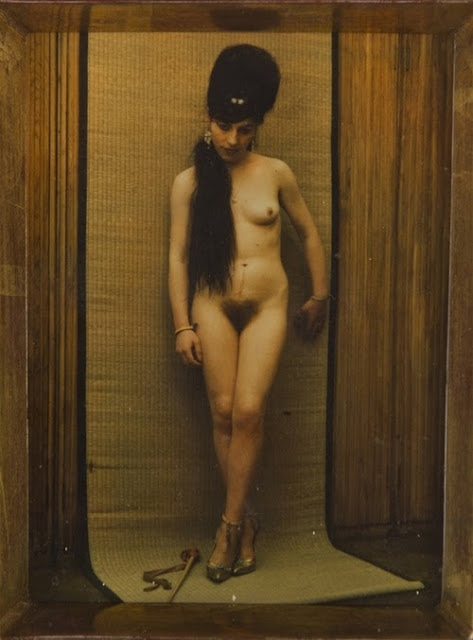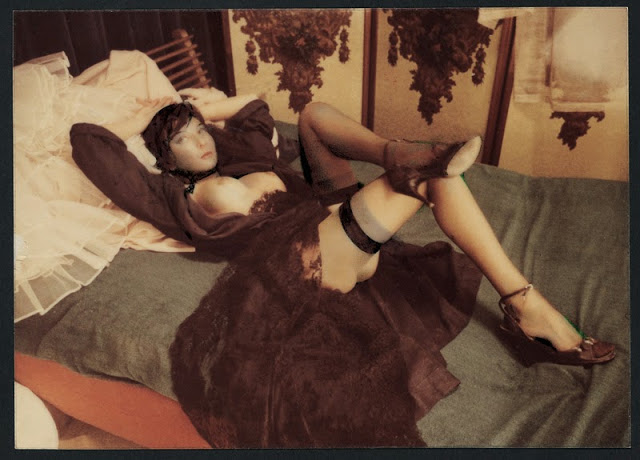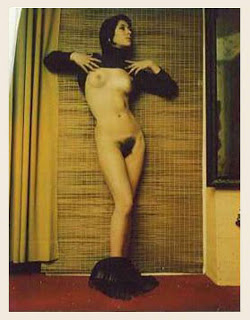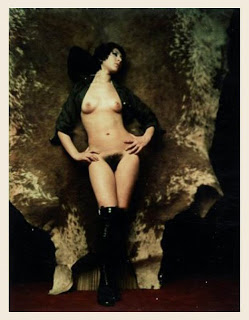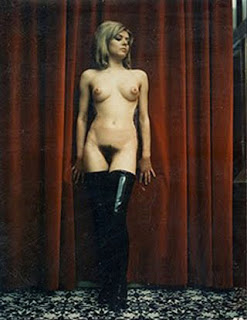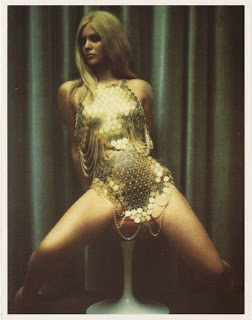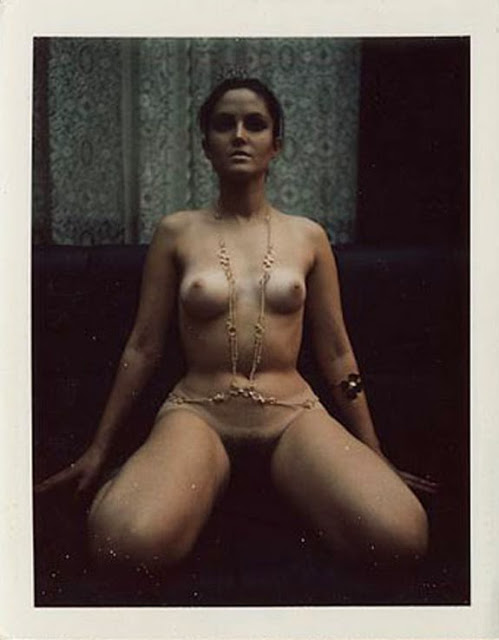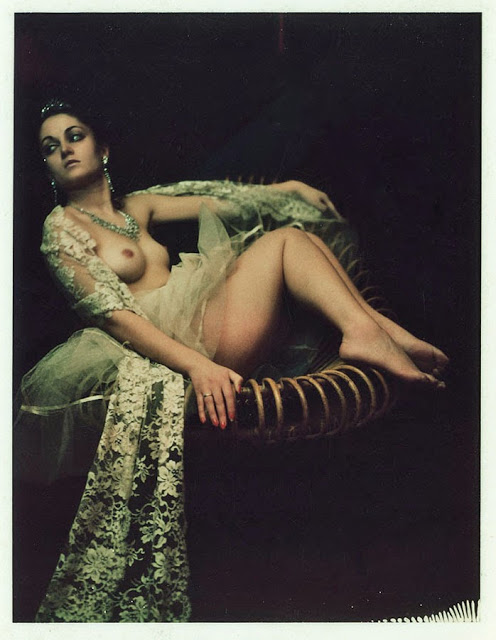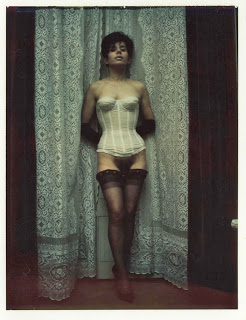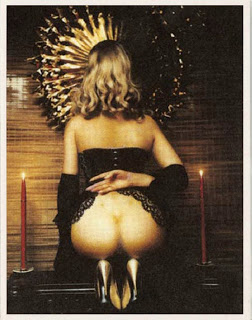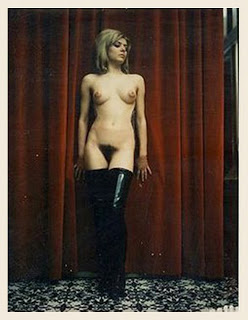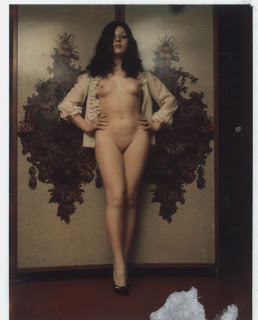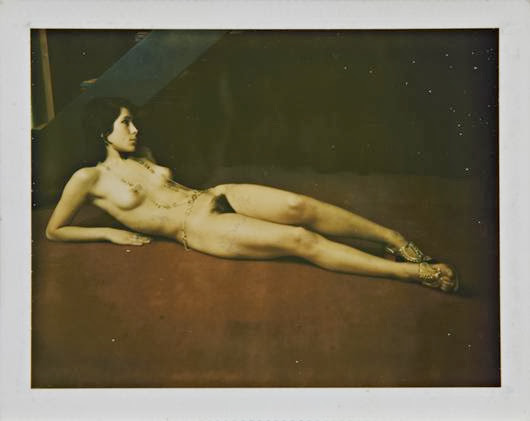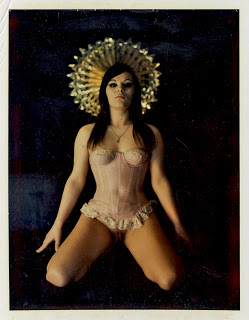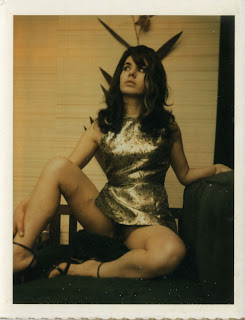“Everything is permissible as long as it is fantastic.”
Born May 6, 1905 in Turin, Italy- Carlo Mollino was the son of an engineer. He studied at the Polytechnic in Turin, and began his own career in 1930 designing a house in Forte dei Marmi which won the G. Pistono prize for architecture. From 1933 to 1973 he only actually finished ten architectural works, but they were remarkable buildings for their time; the Società Ippica Torinese (1937–1940, demolished 1960), the building for the Slittovia di Lago Nero (1946-1947) and the Teatro Regio in Turin (1965-1973), the interior of which Mollino described as “a shape somewhere between an egg and a half-open oyster”.
Teatro Regio, Turin, 1965
Mollino was an avid skier, race driver and pilot. In the period between
the two wars he found himself at the center in the lively ‘second
Futurism’ cultural environment in Turin, where he associated with many
of the icons in the world of culture and art: among his early influences
was a close friendship with the painter and scholar Italo Cremona.
Besides architecture he turned his focus to interior and furniture
design.
In 1936 he began Casa Miller, his first rental – a small,
apparently windowless space on the second floor of a new development on
Via Talucchi named after Alfonsina Miller, a ghostly character in his
novel L’amante del duca, which he had published as a serial a few years earlier. In Casa Miller Mollino established a private world that he would maintain throughout his life.
Casa Miller, Turin
In 1955 Mollino entered the Le Mans 24-hour Endurance Race with the Bisiluro (“Twin Torpedo”), an asymmetrical, ultra-light, aerodynamic design created by himself and Enrico Nardi.With the engine mounted on the left hand side (to counter the weight of the
driver, seated on the right) the total weight of the car is just 450kgs
(992lbs) and it’s twin cam 4 cylinder, 737 cc Gianni engine was said
to produce 62hp. Unfortunately the Bisiluro
was literally blown off the track by the vortex kicked up by a
close-passing D-Type Jaguar and sustained too much damage to continue
the race.
Mollino had a lifelong fascination with the occult and esoterica; he accrued
a massive collection of material on astrology, clairvoyance,
radiesthesia, magic, yoga and secret rituals and wrote about astrology
under the pseudonym Carlo Bertolino. Although he was always
known for his use of strange and singular color combinations; malachite
and silver, bright red and lavender – the themes actually derived
from his research in radiesthesia, a
parapsychological practice of detecting and interpreting various
radiations emitted by our bodies. Mollino developed a color wheel that
correlated 18 colors with various emotions, and used it extensively through all his design work.
Photography was another common denominator in Mollino’s manifold creative repertoire. It encompasses his architectural articles published in Casabella,
Domus and Stile magazines and his sensually designed chairs. Mollino published several books of his own photography, as well as producing Messaggio dalla camera oscura
(Message from the Darkroom, 1949), an ambitious compendium retracing
the history of photography from daguerreotypes to Richard Avedon, via
the Surrealists.
In 1960
Mollino took possession of a two-story villa which he named Villa Zaira, a tribute to a rebellious female
cousin. He never spent a single
night there. To friends or colleagues, the villa was likely a
combination workshop and storage facility, a place away from the
luxurious apartment he shared with his devoted housekeeper but reportedly he never actually stayed there: instead he turned it into a studio where he photographed a variety of women, mostly believed to be prostitutes. After Mollino’s death in 1973 executors found an antique cabinet in his
home filled with carefully filed envelopes containing more than 2,000 Polaroid photographs of women preserved on cardboard backing and
slathered with the lacquer that Polaroid recommended in those days to
keep pictures from fading.
The scenes were carefully prepared: the models would dress (or partially
undress) in costumes, accessories and wigs that Mollino had acquired on
trips to France or Southeast Asia, and pose before backdrops of
drapery, screens and sculptural furniture. Despite the furtive
circumstances of their production, these portraits express the
aesthetics of Mollino’s more public photographs, as the models appear
more statuesque than pornographic.
More :
Domus: Mollino’s Casa Miller
salon.com; Smile, you’re on carnal camera
nytimes: Carlo Mollino’s Seductive Allure
Domus: The Asymmetric Racer

